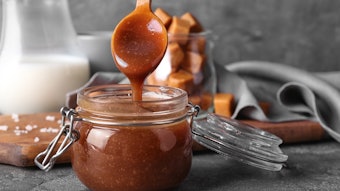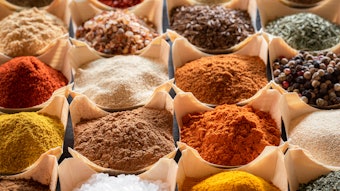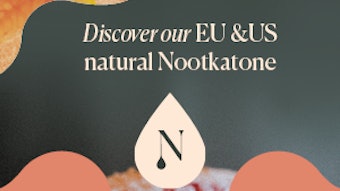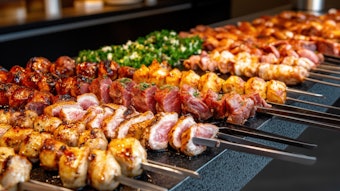
Rue was a popular culinary herb in Roman and medieval times but is now only used occasionally. In part, the decline of this herb represents a victory for common sense because it is quite bitter and, unfortunately, somewhat toxic. Possibly, the decline could be explained by the introduction, through trade, of more diverse and interesting herbs and spices. Sadly, from a creative point of view, the decline is a distinct loss. The key component, 2-nonanone, has a blue cheese profile that integrates well in a diverse range of foods.
2-Heptanone (FEMA# 2544, CAS# 110-43-0) has a similar, but even more powerful, blue cheese note. As might be expected, it features front and center in blue cheese flavors, but it also makes a positive contribution in a veritable smorgasbord of other profiles.
Note that the dose rates given throughout this article are the levels suggested for use in flavors intended to be dosed at 0.05% in ready-to-drink beverages or in a simple bouillon.
For the full article, please check out the Perfumer & Flavorist+ September 2022 issue.










